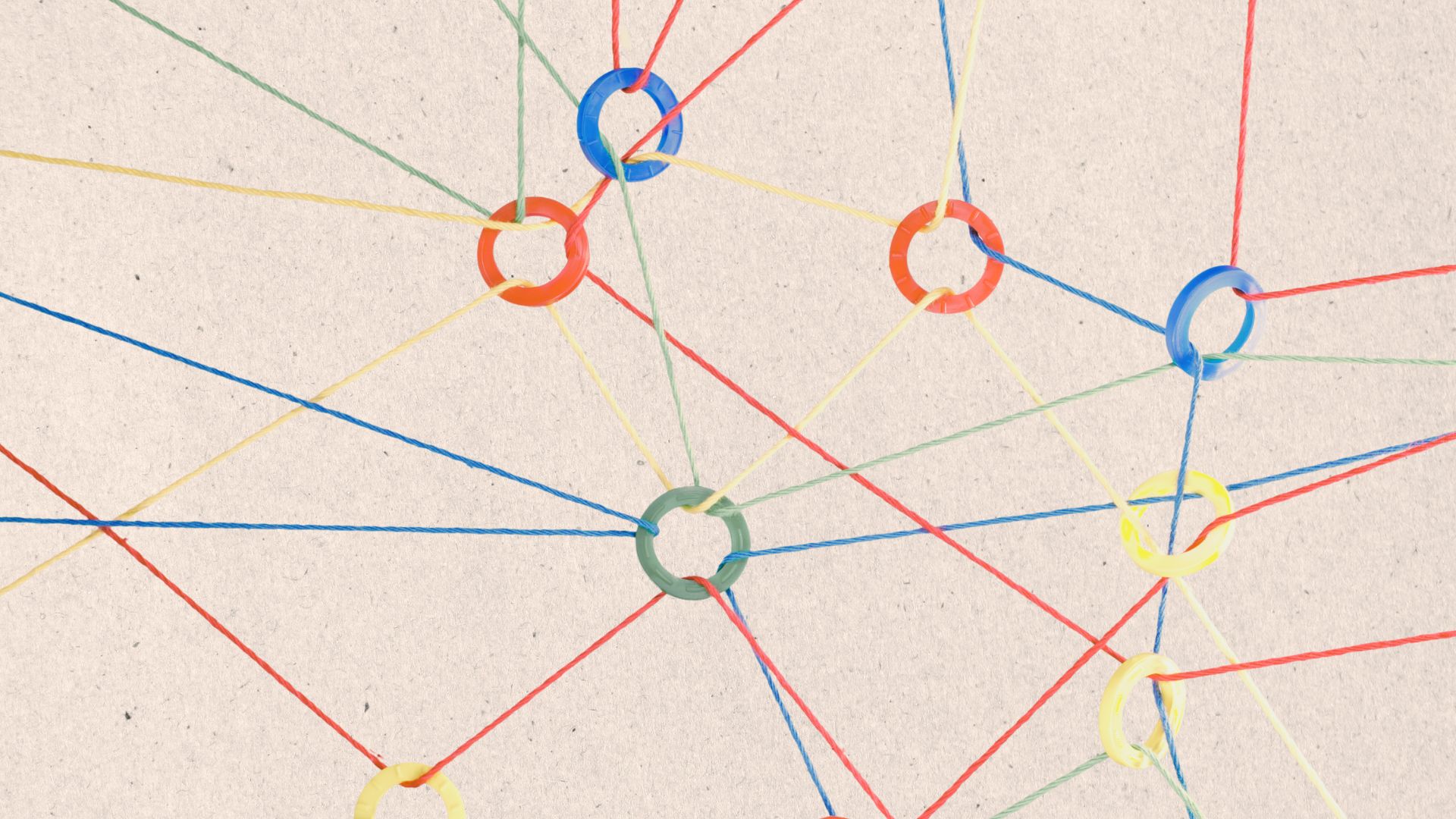Relationships at work are important since we are social animals – early experiences with human connection shape how you interact with others as adults.
Attachment theory, initially developed by John Bowlby in the mid-20th century, is a powerful tool to understand how we connect with others. Originally, the theory focused on understanding infant-mother relationships and how early emotional bonds influence development. Mary Ainsworth expanded on Bowlby’s work with her famous Strange Situation experiments, revealing that children exhibit different attachment styles—secure, avoidant, and anxious—depending on their experiences with caregivers. To better understand the experiment, you can watch the video recording below.
Warning: it can be distressing for some people so take a deep breath before watching.
Over time, attachment theory has evolved. Researchers like Cindy Hazan and Phillip Shaver applied the theory to adult romantic relationships, demonstrating how the attachment patterns formed in childhood influence how we bond in adult relationships. Whether avoidant, anxious, or secure, these early patterns affect the way we love, trust, and interact with others throughout our lives.
But attachment theory isn’t just relevant to personal relationships, it relates to relationships at work too. Today, its application has broadened to include fields such as healthcare, management, and organisational behaviours, thanks to scholars like Mario Mikulincer with Phillip Shaver. It turns out, our attachment tendencies—especially insecurity in attachment—can deeply impact how we behave at work and influence our satisfaction and performance in the workplace.
Attachment insecurity and its impact on relationships at work
Attachment insecurity, characterized by patterns of avoidance or anxiety, can cause several issues in workplace dynamics according to a meta-analysis of the existing research. These attachment tendencies, which stem from early life experiences, influence how individuals form relationships with colleagues, handle stress, and perceive feedback from supervisors. Here’s a breakdown of the workplace challenges that arise due to attachment insecurity:
1. Excessive independence
Do you prefer working alone and often shy away from collaborating with others? This tendency is common in those with attachment avoidance. Avoidantly attached individuals may resist relying on others and avoid interpersonal closeness in professional settings. While independence can be valuable, excessive independence can create feelings of isolation and lack of support.
Over time, these feelings can lead to burnout or dissatisfaction, as working in isolation without support structures may cause individuals to feel disconnected from their teams. Eventually, this environment fosters thoughts of leaving the job altogether.
2. Trust issues and strained relationships at work
Attachment avoidance also often leads to trust issues at work. When we struggle to trust or rely on colleagues and supervisors, the workplace can become a challenging and even hostile environment. People with high avoidance may find themselves disengaged, unable to form strong team bonds, or feel uncomfortable working under leadership.
This lack of trust may make it difficult to thrive in collaborative environments, causing avoidantly attached individuals to feel unsupported or out of place, which can lead to thoughts of quitting as the workplace becomes increasingly unwelcoming.
3. Job dissatisfaction
For those with attachment anxiety, the need for constant validation can be overwhelming. At work, this translates into a desire for continual praise and reassurance about performance. Without it, individuals may experience growing job dissatisfaction. Emotional needs go unmet, leading to feelings of inadequacy and concern over whether they’re performing well enough.
This dissatisfaction can build up over time, particularly if managers don’t regularly acknowledge the individual’s contributions. Those with attachment anxiety may also feel more stressed and vulnerable to burnout as they continuously seek feedback that never feels sufficient.
4. High stress levels and burnout
Both attachment anxiety and avoidance are linked to heightened stress in the workplace. Anxiously attached individuals often struggle with the fear of rejection and worry about how their efforts are perceived. This need for constant reassurance can lead to burnout, as individuals feel pressured to meet perceived expectations.
On the other hand, avoidant individuals may cope with workplace stress by overworking or avoiding difficult conversations, such as performance reviews, to maintain their distance. This avoidance leads to overload, as tasks pile up and go unresolved. In both cases, stress levels rise, contributing to an unsustainable work-life balance and making the work environment feel unbearable.
Understanding your triggers from relationships at work
If you relate to any of these descriptions, take time to reflect on the situations and interactions at work which might trigger your thoughts of leaving the job and similar reactions. Attachment theory teaches us that our early experiences shape how we approach relationships, including professional ones. Our thoughts and emotions act as signals, helping us understand what matters most to us.
By understanding your specific attachment patterns, you can make more informed decisions about your career and workplace relationships. Once you’re aware of these patterns, you can use tools like SWOT analysis to evaluate whether staying in your current role aligns with your values and needs—or whether it’s time to move on to a new opportunity. 💡

